
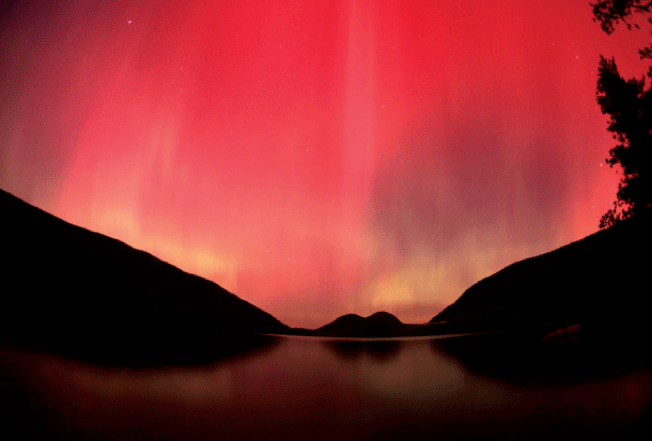 |
Aurora Borealis, Acadia National Park, Maine |
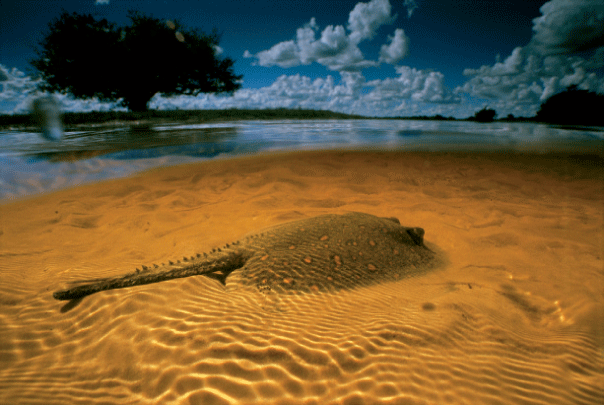 |
| Stingray A stingray swims over land flooded by Brazil's Rio Negro. The stingray's tail features a poisonous barb, which is used only in self-defense. Stingrays are generally docile and will swim close to divers and snorkelers without fear. Stingrays spend the majority of their time inactive, partially buried in sand, often moving only with the sway of the tide. |
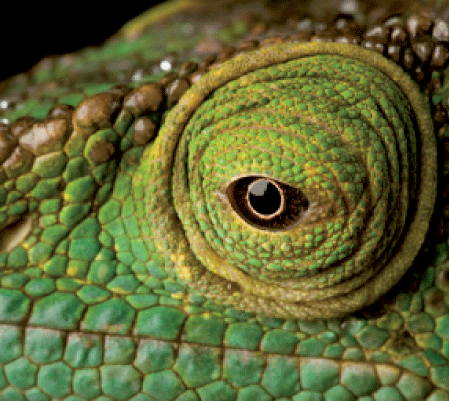 |
| Parson's Chameleon Chameleons' eyelids are fused together, leaving only a pinhole open over the pupil. They are able to move each eye independent of the other, but will focus both eyes in the same direction when they spot prey. |
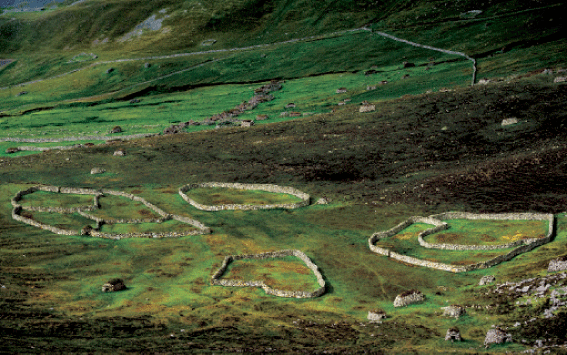 |
| St. Kilda, Scotland On rough slopes above the haunting remnants of St. Kilda's main settlement, drystone walls still girdle plots of built-up topsoil. These enclosures once sheltered crops of oats and barley from salt-laden winds and grazing livestock. Beehive-shaped cleitean protected stores of food as well as the dried peat that islanders relied on for fuel; hundreds survive, many with turf roofs still intact. |
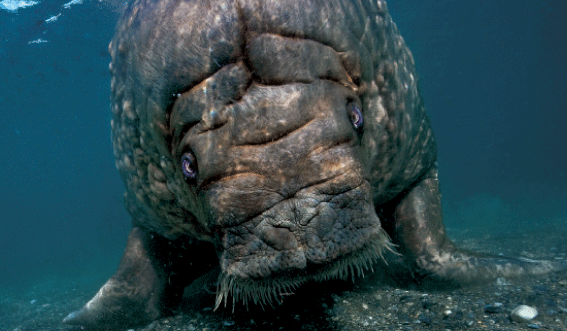 |
| Atlantic Walrus, Norway An Atlantic walrus plods toward shore after gorging on clams in the shallows. Such a big bull may stir up, shell, and suck down thousands of clams a day in summer, relying on his muzzle full of sensitive whiskers, called vibrissae, to help locate prey. |
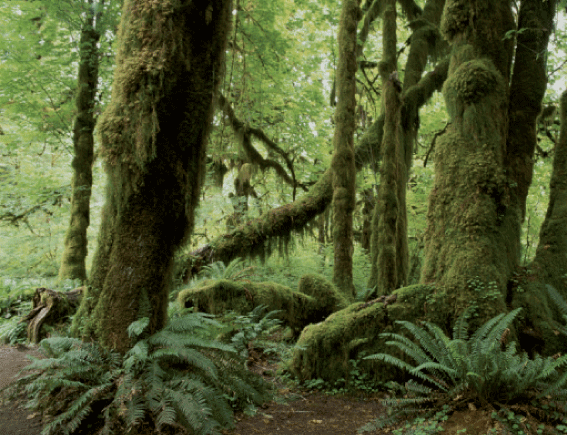 |
| Hoh River Valley Rain Forest, United States Moss-draped trees, shrubs, and ferns adorn the Hoh River Valley, a temperate rain forest in Washington State's Olympic National Park. Its trees include big leaf maples, western hemlock, and Sitka spruce. |